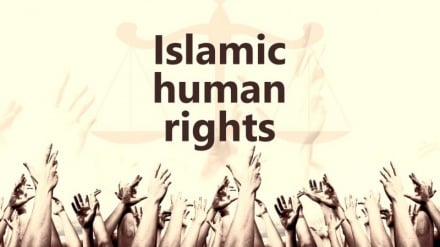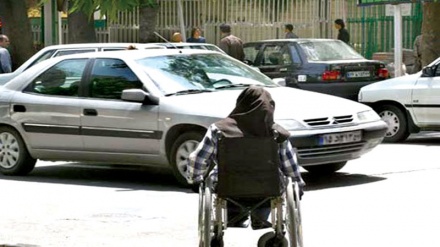Islamic Human Rights (44)
Welcome to today’s episode of the series Islamic Human Rights. Today, we study the prohibition of torture in Islamic Human Rights.
Last week, we became familiar to some of the rights of defendants in the Islamic court. Today, in continuation of the previous week’s discussion, we study the topic of forbiddance of torture and persecution of the defendant.
The prohibition of torture is one of the most important, accepted, and recognized norms in the international community, which has been confirmed upon the emergence of the modern human rights systems; with a number of means taken into consideration for protecting and safeguarding individuals against torture.
Torture and persecution causes physical and mental harms, both. The sufferings of the individual subjected to torture are immense. Thus, practice of torture has been strongly opposed within all human right documents and the domestic laws of countries.
The 5th article of the Universal Declaration of Human Rights forthrightly prohibits torture. It states: No individual should be subjected to torture, persecution, or cruel behavior, or be subjected to an inhuman punishment or behavior which would dishonor him.
The 7th article of civil-political rights treaty also emphasizes forbiddance of torture, noting: No one should be subjected to persecution, torture, or unjust, inhuman, or degrading treatment.
The said documents are considered as the general human right documents, which in addition to ban of torture, have covered other human rights and obligations. Meanwhile, there are two global documents, which have specifically spoken of prohibition of torture. One is the 1975 UN General Assembly declaration which voices support for the victims of torture and other cruel, inhuman, and degrading treatments, approved on December 10, 1984.
Furthermore, a resolution ratified by UN in the year 1987 has strongly condemned any persecution and inhuman behavior, and has called on world countries to join the UN Committee against Torture, and to punish the torturers.
According to the first article of the UN Convention against Torture, the practice of torture has been defined as any measure which intentionally imposes a physical or spiritual suffering on the individual for a number of reasons such as forcing the individual subjected to torture or a third party to reveal some information or to make a confession.
According to this article, intentional imposition of any physical or mental suffering on an individual is prohibited.
In Islamic teachings, human is a creature which God Almighty has created in the best possible manner, blowing the divine spirit in him. Thus, human beings maintain an elevated and merited status and have been honored by God.
Heavenly religions, especially the divine religion of Islam, Holy Quran, and the tradition of the Prophet of Islam and the Infallible Imams of the Prophet of Islam’s Household, have strongly valued human dignity. In the view of Holy Quran; humans maintain dignity, unless someone sabotages his own dignity with his behavior. Given that the divine religion of Islam has recognized human dignity, Islamic rules and regulations have paid attention to means which provide and maintain human dignity, and none of the Islamic rulings are incompatible with human dignity.
In the view of Holy Quran, in order to safeguard human dignity, it is necessary to maintain mankind’s right to existence, freedom, the right to maintain religious beliefs, and to have a fair share of social benefits, while no one maintains the right to harm or threaten human dignity and honor.
Given the paramount importance which Islam attaches to human honor and dignity, this divine religion has strongly forbidden practice of torture, and has banned any behavioral pattern which dishonors mankind.
In the prohibition of practice of torture by Islam, there is no difference among human beings in relation to their religion, gender, color, race, or any other feature. Moreover, Islam has prohibited all kinds of torture whether they are physical or mental tortures.
MR/MG


